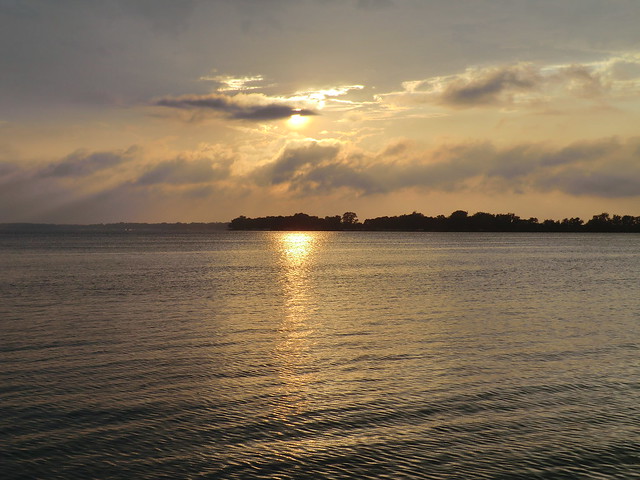
Grace Smith | October 4, 2022
25 beaches in Iowa were under a swim advisory this summer because of elevated toxins or bacteria. According to the Iowa Environmental Council, swimming was not advised for at least a week for the two-thirds of Iowa beaches that had a swim advisory.
This summer, there were 107 advisors for E. coli, which was a 22 percent increase from last year. The concentrations of E. coli at Crandall Beach at Spirit Lake were so high in August that the DNR’s technology could not measure it, which can detect up to 24,000 viable bacteria per 100 milliliters of water.
The Iowa Department of Natural Resources tests every Iowa beach weekly from May to September, examining levels of E. coli, and toxins. Alicia Vasto, the IEC’s water program director, said that although the IEC has been monitoring this testing for 20 years, it is still unsure of the trend in E. coli or toxin levels.
“It’s really concerning because we have so few public places in our state — we have so few public lands,” Vasto told the Iowa Capital Dispatch. “And so the public beaches and parks that we have, we really need to protect them and do more to address this issue.”
The DNR said the main solution to decrease watershed pollution is prevention, which means keeping extra sediment, nutrients, bacteria, and other pollutants. Conserving practices in agricultural areas, including wetlands and buffers, can also decrease pollutants in water.







